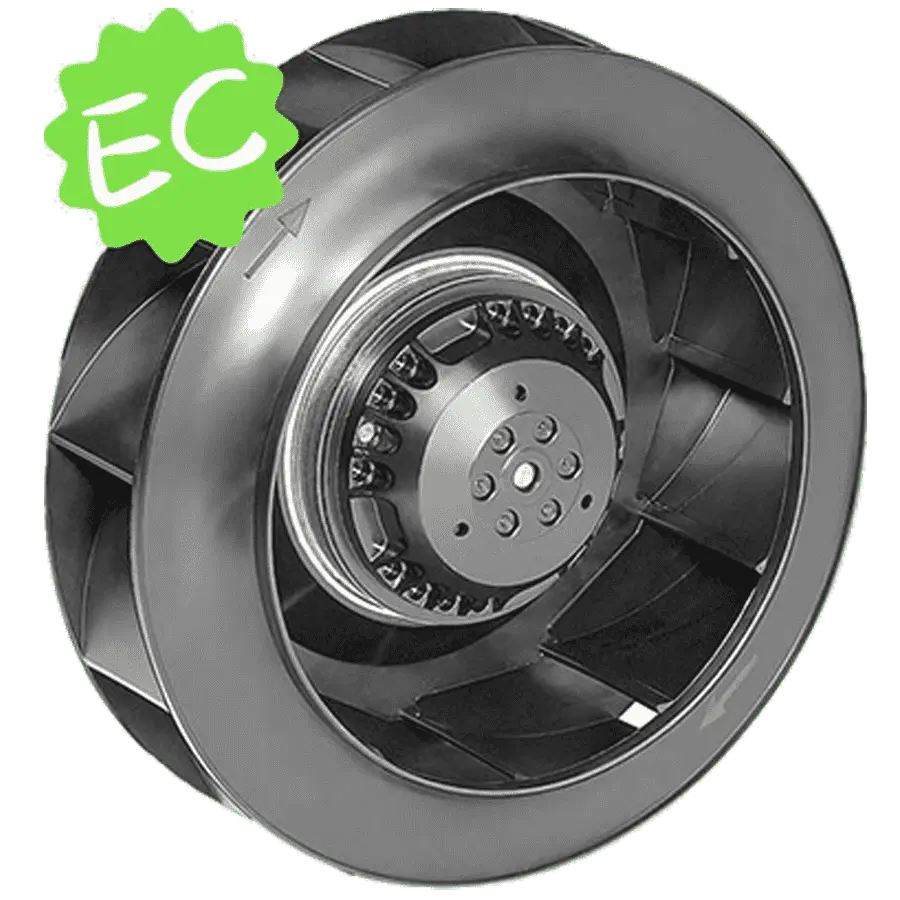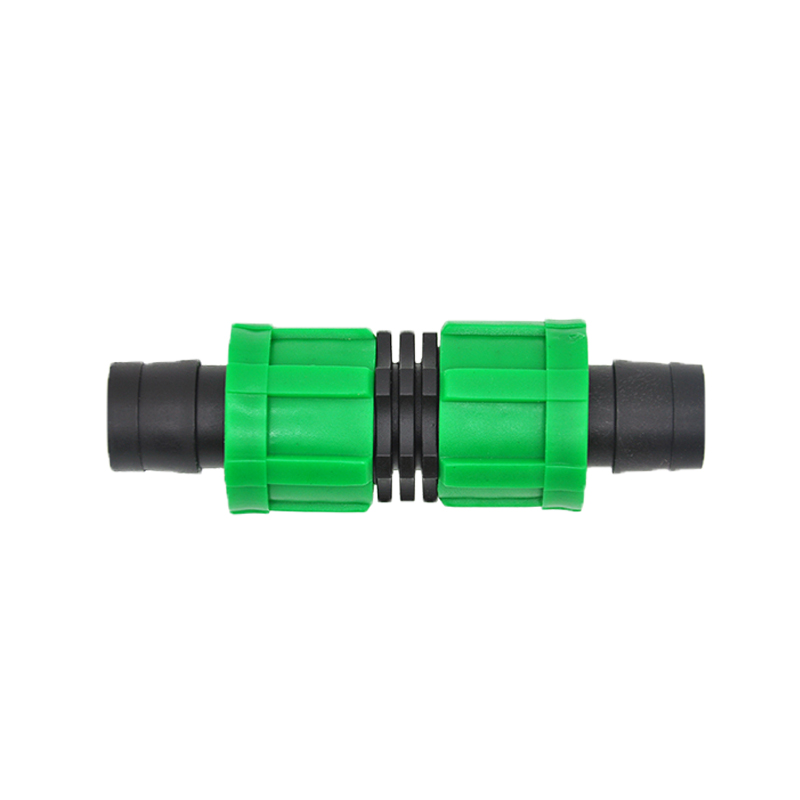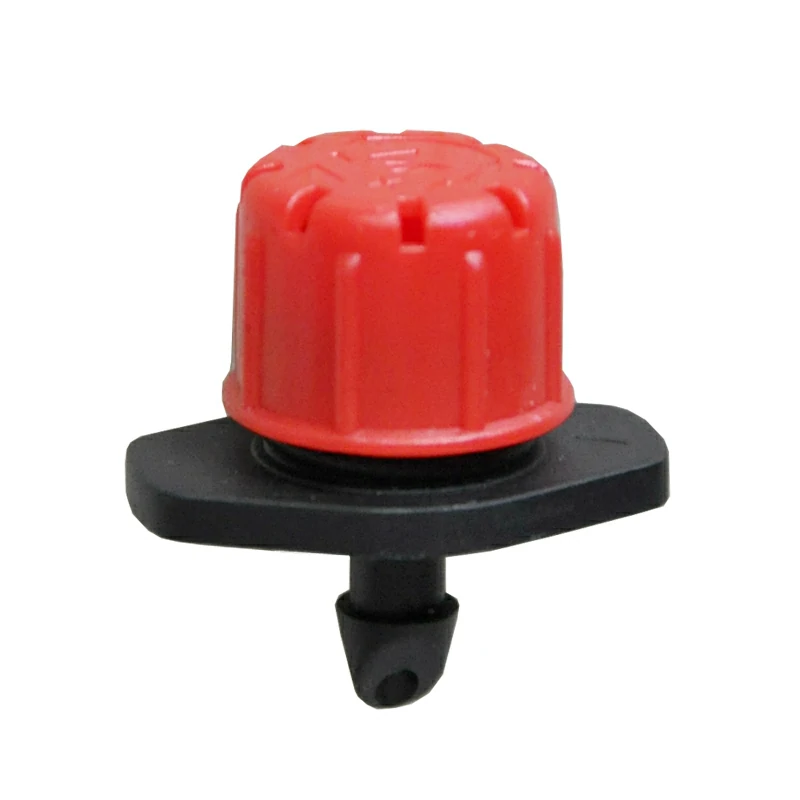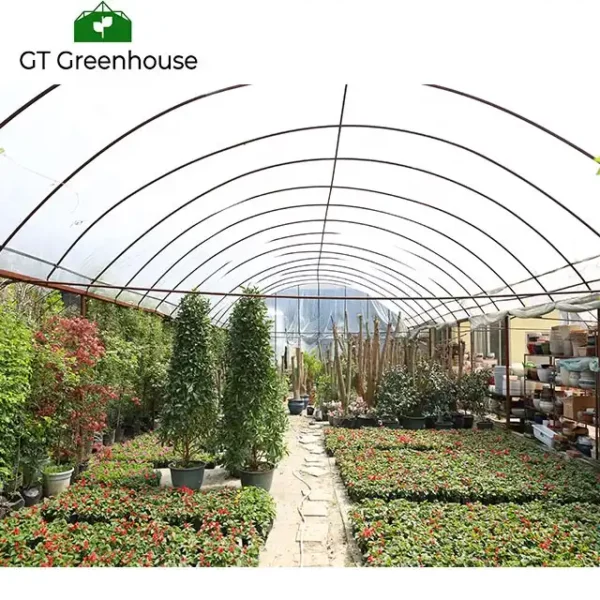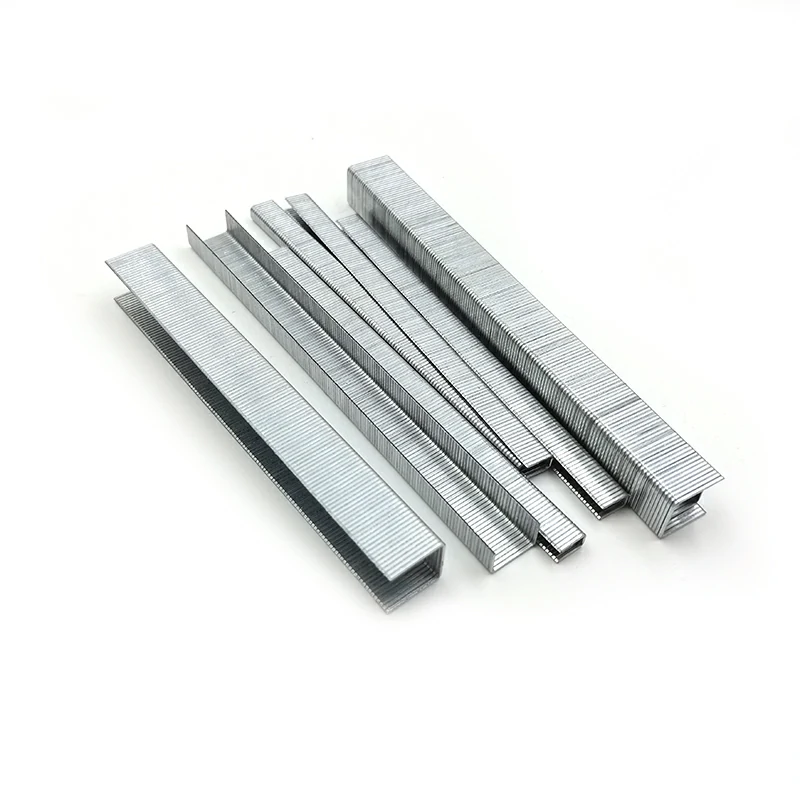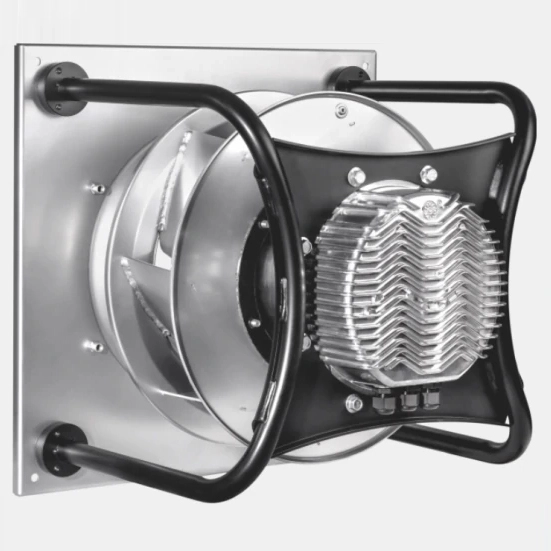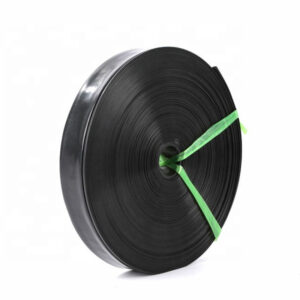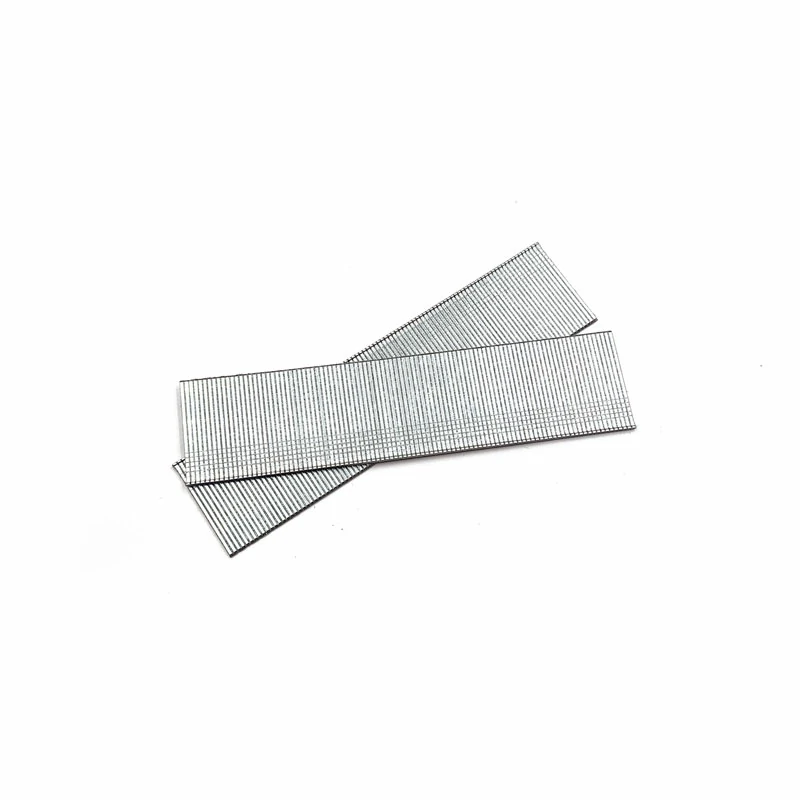When it comes to beating the heat or improving air circulation in a confined space, an AC plug fan is a simple yet effective solution. These compact and portable fans are designed to be plugged directly into a power outlet, providing quick and convenient cooling wherever you need it. In this article, we will discuss how to use an AC plug fan effectively, exploring its features, placement options, and practical tips for maximizing its cooling benefits.
Understanding the AC Plug Fan
- Design and Function:
An AC plug fan is a compact fan unit that is directly plugged into a standard electrical outlet. It consists of fan blades housed within a protective casing, with a power cord and plug attached. The fan blades rotate when switched on, drawing in surrounding air and expelling it with increased velocity, creating a cooling breeze. - Key Features:
AC plug fans typically offer the following features:- Adjustable Speed Settings: Most models come with multiple speed settings, allowing you to choose the desired airflow intensity.
- Oscillation Function: Some models include an oscillation feature that enables the fan to rotate horizontally, distributing air across a wider area.
- Compact and Portable: AC plug fans are designed to be lightweight and portable, making them easy to move and position as needed.
- Safety Features: Many models incorporate safety features like overheat protection and grille guards to prevent accidents and ensure user safety.
How to Use an AC Plug Fan Effectively
- Positioning:
Place the AC plug fan in a strategic location to maximize its cooling effect. Consider the following:- Optimal Placement: Position the fan in a way that the airflow is directed towards the desired area, such as your face or the center of the room.
- Obstacle-Free Space: Ensure that the fan has ample space around it to draw in and circulate air freely. Avoid placing it near obstructions that may hinder airflow.
- Speed and Oscillation:
Adjust the fan settings according to your comfort and the room conditions:- Speed Settings: Choose the fan speed that provides the desired level of cooling. Higher speeds are ideal for quick cooling, while lower speeds are suitable for maintaining a gentle breeze.
- Oscillation: Activate the oscillation function if available, allowing the fan to rotate and distribute air across a wider area. This is particularly useful for cooling larger spaces or multiple individuals.
- Consideration for Energy Efficiency:
To optimize energy efficiency while using an AC plug fan:- Select the appropriate fan speed: Use the lowest speed that provides the desired comfort level to conserve energy.
- Combine with natural ventilation: Open windows or doors to allow fresh air to enter the room, reducing reliance on the fan alone.
- Use timers or automatic shut-off: If your fan has these features, set them to turn off the fan after a specific duration or when the room reaches a comfortable temperature.
- Maintenance and Safety:
Ensure the longevity and safe operation of your AC plug fan by following these guidelines:- Regular Cleaning: Clean the fan blades and grille regularly to remove dust and debris that may accumulate and impede airflow.
- Safety Precautions: Do not operate the fan near water sources or in excessively humid environments. Always unplug the fan when not in use or during maintenance.
Versatility and Benefits of AC Plug Fans
- Versatile Cooling Solution:
AC plug fans offer versatile cooling options for various spaces and situations, including bedrooms, offices, dorm rooms, workshops, and small living areas. Their portable nature allows you to move them easily between locations. - Affordability and Convenience:
AC plug fans are generally affordable and readily available in the market. Their plug-and-play design eliminates the need for complicated installation or additional accessories. - Space-Saving Design:
AC plug fans are compact and do not require additional floor or table space. They can be positioned on any available power outlet, making them suitable for even the most space-constrained areas. - Improved Air Circulation:
Apart from providing cooling relief, AC plug fans enhance air circulation in stagnant or poorly ventilated spaces, helping to reduce stuffiness and improve overall comfort.
An AC plug fan is a convenient and efficient cooling solution that offers immediate relief from hot and stuffy environments. By following the proper positioning, adjusting speed and oscillation settings, ac plug fan China manufacturer and considering energy efficiency, you can make the most of your AC plug fan’s cooling capabilities. With their compact size, ease of use, and versatility, these portable fans provide a practical solution for enhancing airflow and maintaining comfort in various settings, ensuring a more pleasant and refreshing environment wherever you go
